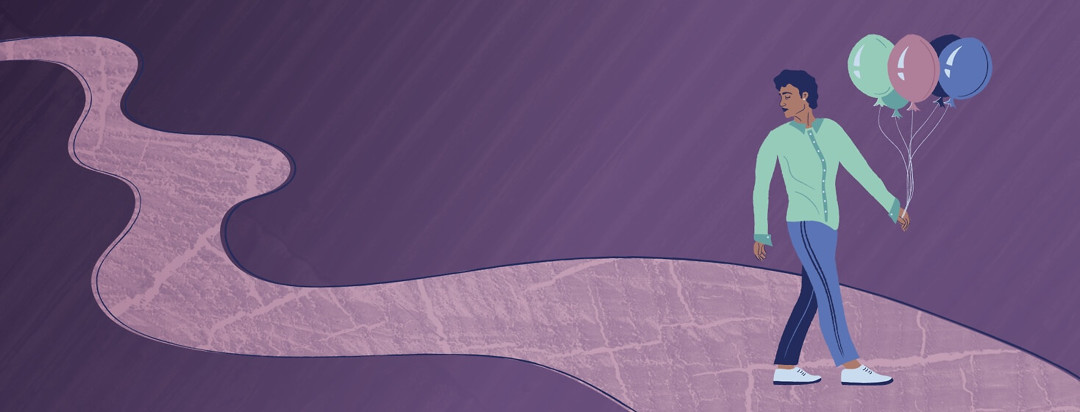My Blood Cancer Symptoms and Treatment
As I celebrate my five years of remission from non-Hodgkin lymphoma, I thought about my initial diagnosis. I had just finished with the best summer of my life, enjoying the beach with my family. I was scheduled for a routine colonoscopy. My physician suggested an ultrasound of my abdomen, as I had a history of a fatty liver. Unexpectedly, the ultrasound revealed enlarged lymph nodes. We were perplexed. I felt great. Symptoms of blood cancer can be vague including painless swelling of lymph nodes, fever, unexplained weight loss, night sweats, or loss of energy. I had no symptoms to report.
Investigating my swollen lymph nodes
Since I had enlarged lymph nodes in my abdomen, my physician recommended that I see an oncologist for further evaluation. As a nurse, I was most anxious and researched all possible causes of this abnormality. My oncologist performed a physical exam, looking for any enlarged lymph nodes usually palpated in neck, axilla or groin. None were found. He ordered a CAT scan, which demonstrated the location and extent of the enlarged lymph nodes in my abdomen. While I had a CAT scan, some people may go through other imaging tests like a PET scan or MRI. The CAT scan revealed my enlarged lymph nodes were above and below my diaphragm.
My non-Hodgkin lymphoma diagnosis
Next, my oncologist suggested a biopsy, which determined that my enlarged lymph node was due to non-Hodgkin lymphoma. I was stunned and had difficulty wrapping my head around this diagnosis. How could I have cancer and feel well with absolutely no symptoms?
Fortunately, my oncologist was most patient, caring and sensitive to my emotional state and need for information. He ordered a PET scan to further stage and determine how far the disease had spread. I learned that non-Hodgkin lymphoma (NHL) is a type of blood cancer in which lymphocytes undergo genetic change. Based on the type and stage of the disease, plus considerations for general health and age, a treatment plan is selected.
The oncologist may very often suggest a second opinion. I was reluctant at first to see another physician. However, my oncologist chose an excellent oncologist from our tertiary medical center who concurred with the suggested treatment plan based on the most recent research.
Diagnosis followed by chemotherapy and immunotherapy
Treatment options may include a number of different options, such as radiation, chemotherapy, targeted therapy, immunotherapy, or a combination. My treatment plan included both chemotherapy and immunotherapy. My liver enzymes and labs were elevated after initial treatments so I required monitoring at the hospital. Fortunately, I was able to tolerate the remaining course of treatment.
After completion of the chemotherapy, the immunotherapy continued as maintenance therapy for two years. I was excited to return to teaching but occasionally experienced low white blood counts and fatigue. Now, my oncologist closely monitors my labs every three months and I have graduated to annual CT exams.
Appreciating every moment as a gift
I am a cancer survivor who has learned to appreciate every moment as a gift. I have discovered family, friends faith, yoga, and reflexology, These support both my emotional and physical health. I pray every day that my remission continues and know that new treatments are being developed every day.

Join the conversation